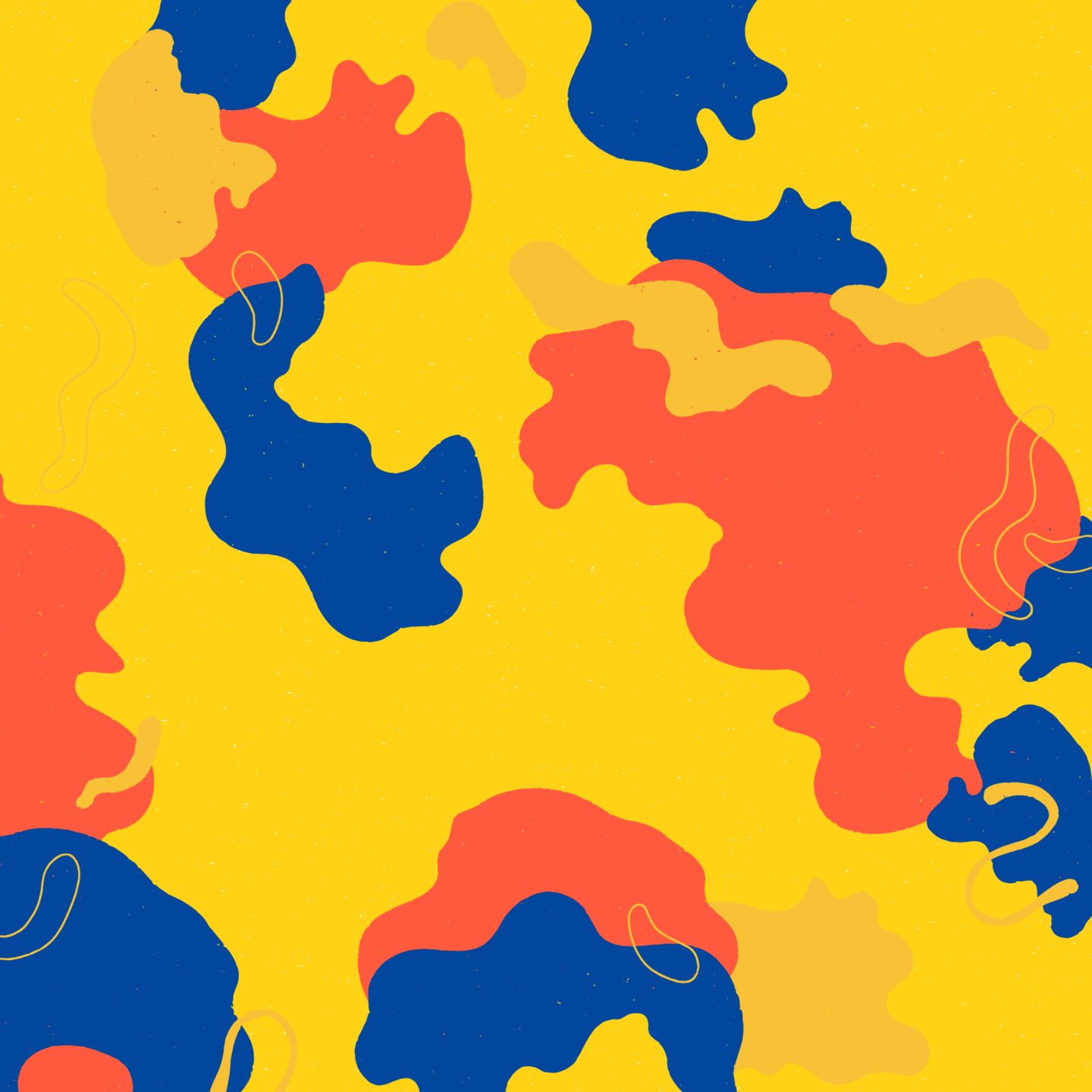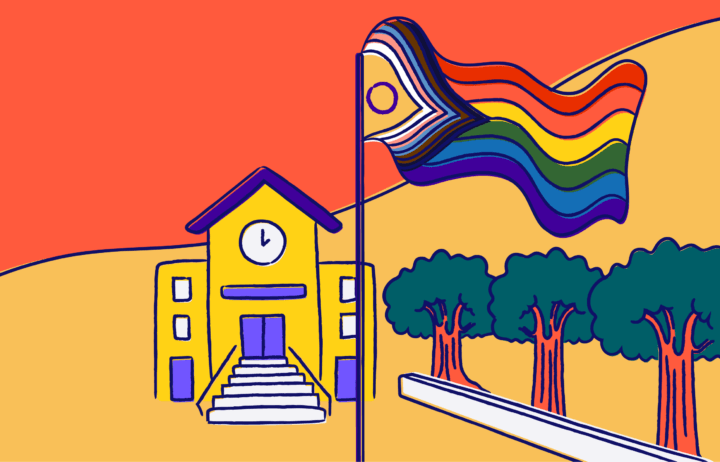Youth's Lives Every Day
What is Pansexuality?
Though pansexuality has become much more commonly discussed, there is still a lot of confusion around what it actually is, leaving pansexual young people feeling invalidated. I can assure you — pansexuality is real and perfectly normal. Pansexuality is defined as an attraction to people of any gender or to people regardless of their gender, with the prefix “pan” coming from the Greek prefix for “all.” Pansexuality isn’t a more evolved or “politically correct” form of bisexuality; it isn’t more or less trans/nonbinary inclusive; it’s just a word to describe one kind of sexual orientation.
Basically, if you’re attracted to people of more than one gender, or all genders, you may be pansexual. Some people may use the words bisexual (attraction to more than one gender) and pansexual interchangeably, and others use only one word exclusively to describe themselves. For some people, gender is not a defining characteristic of the attraction they feel to others; I know pansexual folks who don’t really care about their partner’s gender but other aspects of attraction like physical appearance or personality. And for other pansexual people, gender is a significant part of their experience of attraction; liking masculine and feminine qualities for different reasons.
I’ve always known myself to be, for lack of a better word, not heterosexual. Growing up, I held candles for my classmates of all genders. In my adult life, I’ve had a few major romantic relationships, each with someone of a different gender. I like all kinds — so by all means, pansexual is a perfectly accurate label for me. However, when I first came out as bisexual in middle school, I experienced some difficulty explaining the concept to my parents. The idea that a person could be attracted to and want to be with not just one gender baffled and offended them. It took effort, and breaking down of cultural and religious barriers, to help them understand me. Over time, both of my parents came to accept that this is who I am. These days, I don’t really worry too much about my label. What matters to me is that I feel free to be myself and like who I like, and I luckily do.
To quote our guide to understanding bisexuality, “Identity definitions are not just literal. They are a part of our ever-evolving language that reflects the diversity of the people using these words.” There is no “better” identity term, there is only the best identity term for you as it fits, and you should feel free to try different terms out. Identity shifts from person to person, situation to situation. And finding your identity is a journey. For a long time, I used the label bisexual because I didn’t yet understand my own gender or the complexities of the gender binary. I still like the word for myself, but calling me pansexual wouldn’t be wrong either, so I don’t reject that word. It’s all to say — to know yourself is a constantly evolving process, and it can take time to find what feels best.
As for me, I just like people. I haven’t ever found that my attraction to someone is solely based on or a result of their gender identity, but a combination of things; how they dress, what they do, how they move in space, what they’re passionate about. When I fall in love with someone, I don’t fall in love with their gender — I fall in love with the unique and wonderful person I see. That’s what I wish for all pansexual and LGBTQ+ young people in general: the opportunity to just love who they love, and be who they are, without pressure or judgment.
Written by Sue Cardenas-Soto (they/them)
The Trevor Project, the leading suicide prevention and mental health organization for lesbian, gay, bisexual, transgender, queer & questioning (LGBTQ+) young people. If you or someone you know is feeling hopeless or suicidal, our trained crisis counselors are available 24/7 at 1-866-488-7386, via chat, or by texting START to 678-678.
Additional Resources
Understanding Asexuality
Understanding Bisexuality
Understanding Gay & Lesbian Identities
Understanding Gender Identities & Pronouns
The Coming Out Handbook
Guide to Being an Ally to Transgender and Nonbinary Young People
TrevorSpace – Community for LGBTQ+ Young People


